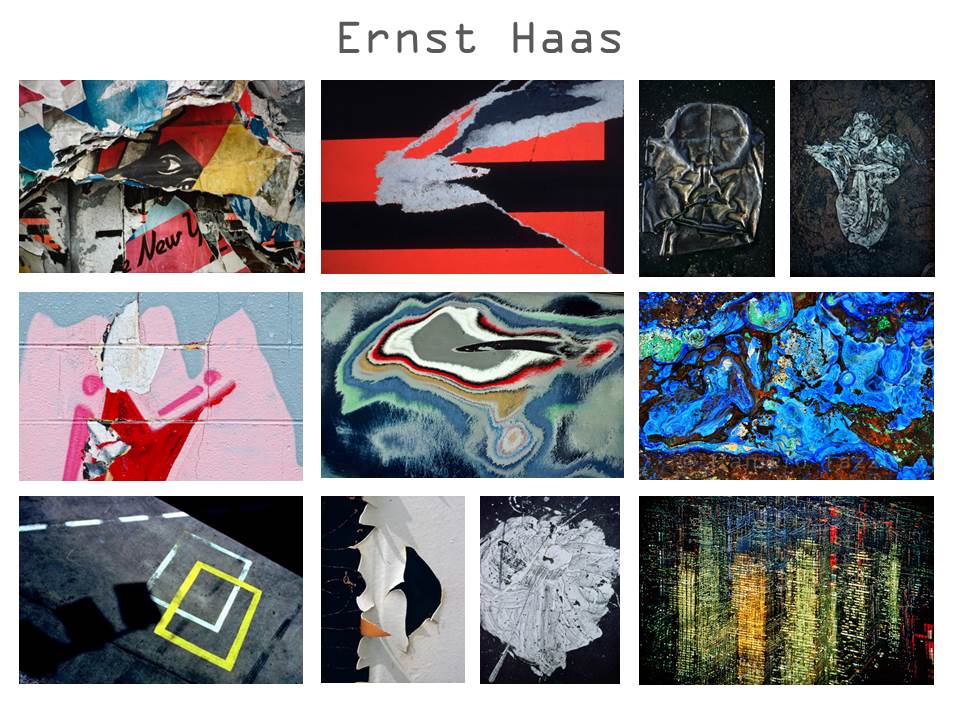Abstract photography
Sometimes called conceptual or concrete photography, it is meant by depicting a visual image that does not have an immediate association with the object world and that has been created through the use of photographic equipment, processes or materials.
Exploring Colour
I used colour to create abstract shapes. I adapted and edited the images to make the colours bolder because I thought they look dull and could be adapted more and could be made more interesting and visually pleasing. These are my original edits and then the more interesting edits.
I used Photoshop to create these edits. Firstly, I cut out the circular shape using the ‘elliptical marquee tool’ where I then cut out a circle from one of my chosen images. Once I had cut out a circle I pasted it onto a new document where I made a collage of four. I wasn’t happy with the final outcome so I decided to change the vibrancy of the image to it being very high and then used the paint bucket tool to fill the coloured areas in with a bolder colour. I made a collage of nine in a new document as I wanted to show of more of my edits.

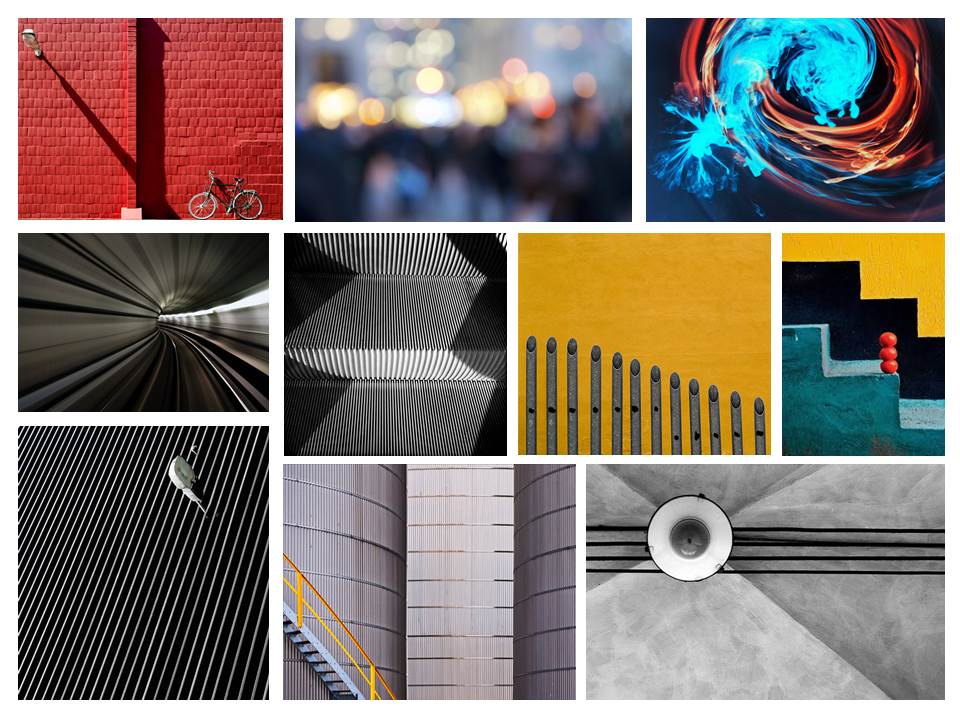
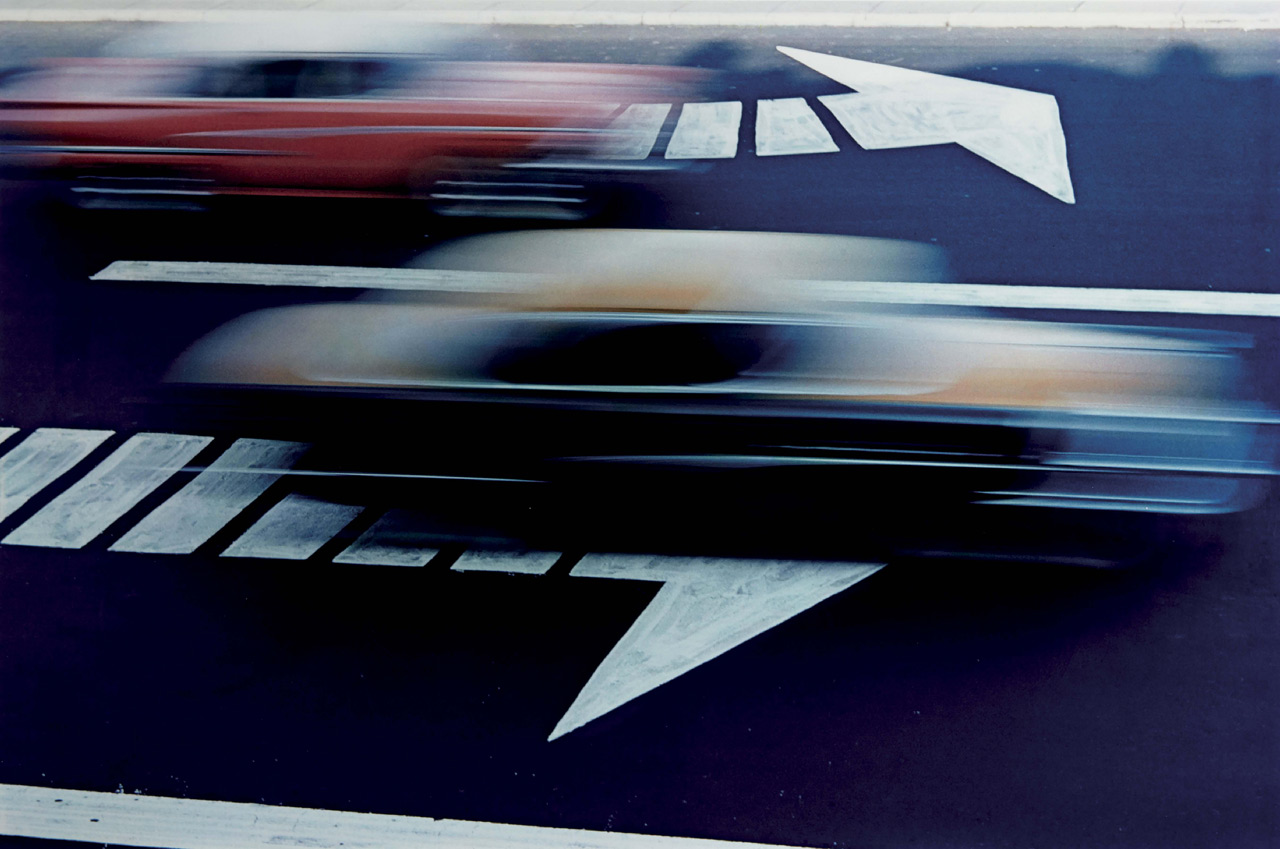
.jpg)

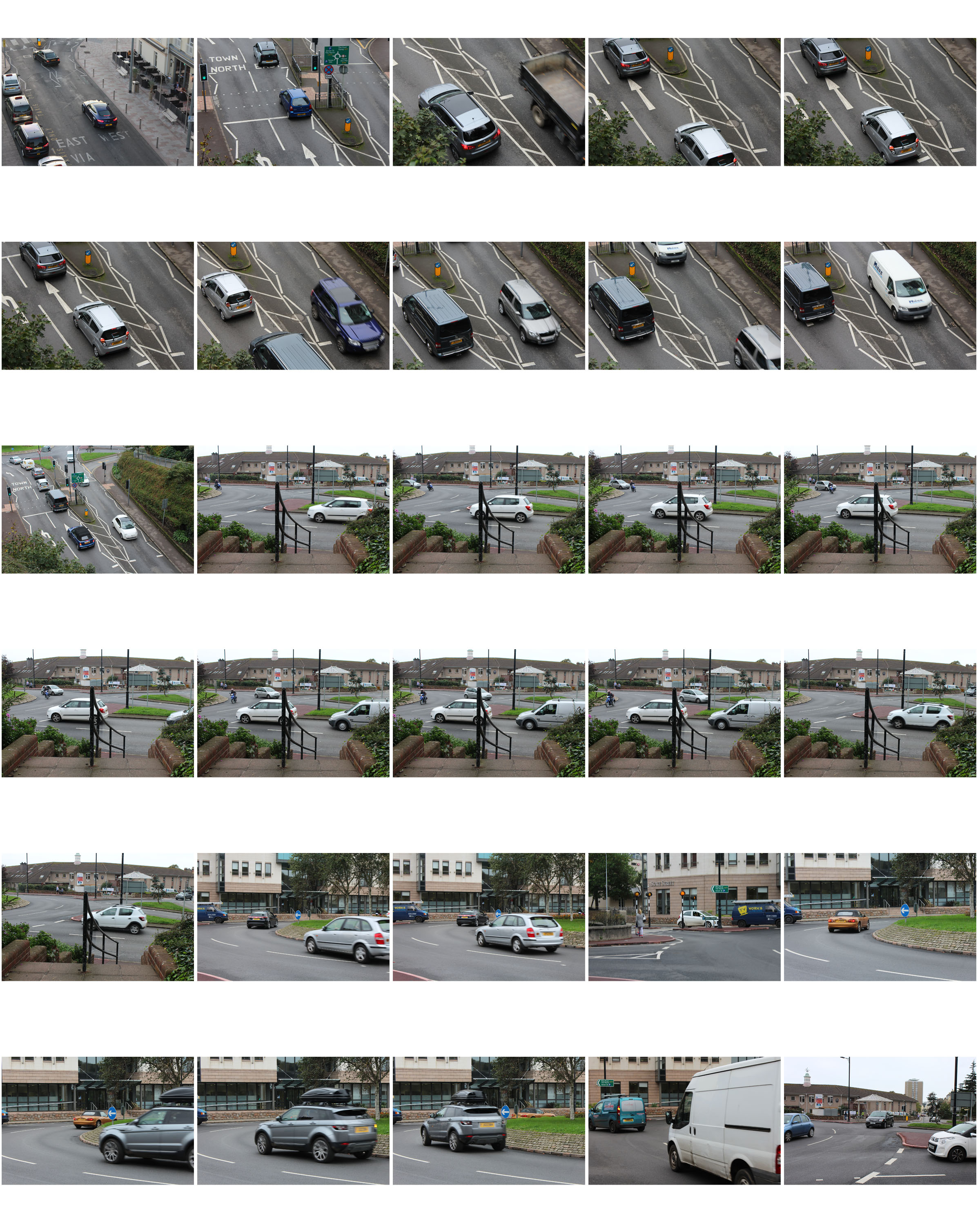













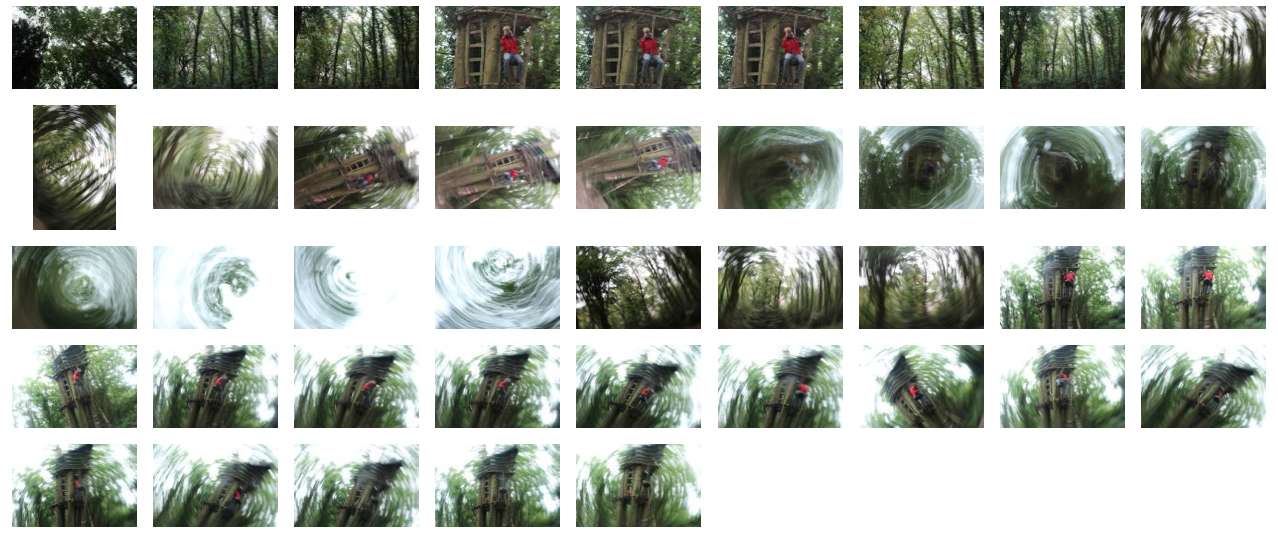



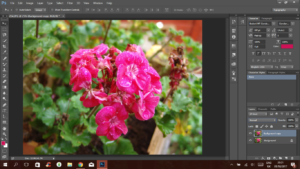
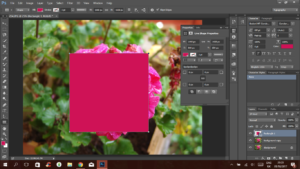
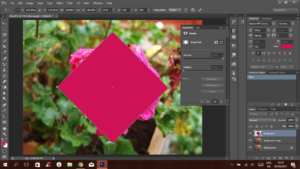
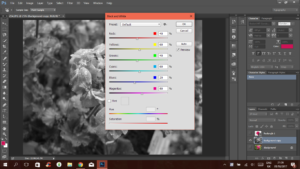
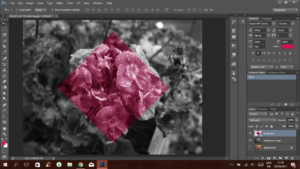


 These Photographers would go around the country taking the same composition of certain objects, which when one was taken would not look that impressive, but rather when hundreds were taken precisely from the same distance, and combined together, it creates an almost artistic creation
In response to this I decided I would walk around my home area and try to incorporate this style into my images, I chose the themes around car lights, windows with chimneys, and doors. These were some of my results:
These Photographers would go around the country taking the same composition of certain objects, which when one was taken would not look that impressive, but rather when hundreds were taken precisely from the same distance, and combined together, it creates an almost artistic creation
In response to this I decided I would walk around my home area and try to incorporate this style into my images, I chose the themes around car lights, windows with chimneys, and doors. These were some of my results:


 I decided that the car topology sheets worked the best, due to the contrast between the lights and the bonnets of the car which came in different shapes.
I decided that the car topology sheets worked the best, due to the contrast between the lights and the bonnets of the car which came in different shapes.

 I tried having a go with this concept, by focusing firstly on the backdrop rather than the central figure, and then on the figure rather than the backdrop.
In this image I chose to focus purely on the backdrop of the trees rather than the character within, as an experiment with my cameras focal length.
I tried having a go with this concept, by focusing firstly on the backdrop rather than the central figure, and then on the figure rather than the backdrop.
In this image I chose to focus purely on the backdrop of the trees rather than the character within, as an experiment with my cameras focal length.
 This image however I chose to focus on the closer object to the lens, which happened to be a bee on a flower, therefore blurring out the backdrop rather than keeping it clear.
This image however I chose to focus on the closer object to the lens, which happened to be a bee on a flower, therefore blurring out the backdrop rather than keeping it clear.









